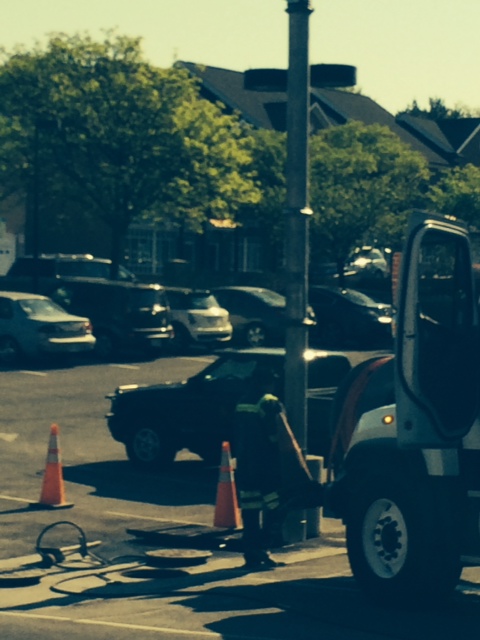
Injury while Adjusting Work Boots is not Work Related

Most injured workers believe if they are hurt on the job, it is covered by Workers’ Compensation. “That is simply not true in all cases”, according to Herndon Reston area lawyer Doug Landau.
In Virginia, a worker not only has to be injured at a time and place that they’re expected to be for work and charged with some work-related duty, but the injury must be as the result of some heightened risk from employment.
In a very famous case, an employee who worked in sewage had special workboots. After noticing the boots had come undone, he bent down to re-adjust and lace them up.
In doing so, he injured his back, and the court ruled that his spine injury was not compensable. The court ruled the injury did not arise out of and in the course of the worker’s employment because there was no increased risk presented by employment.
The court found that an injury sustained when tying ones shoes could occur anywhere, and nothing special about the man’s employment caused any increased risk of injury.
This is known as the “actual risk” test, which differs from the “positional risk” test used by other states.
The positional risk test simply inquires as to whether or not the disabled employee was on the job during the regular hours and duties when the accident occurred. Under the positional risk test, this sewer worker would have been covered, and therefore compensated for his medical care, partial wage replacement, and other related out-of-pocket expenses.
These unique aspects of the Virginia Worker’s Compensation Act make it imperative for a disabled employee to hire experienced, competent counsel as soon as possible after an on-the-job injury.
Please contact us at Abrams Landau, Ltd. if you have been injured on the job. You can email us or call 703-796-9555.
